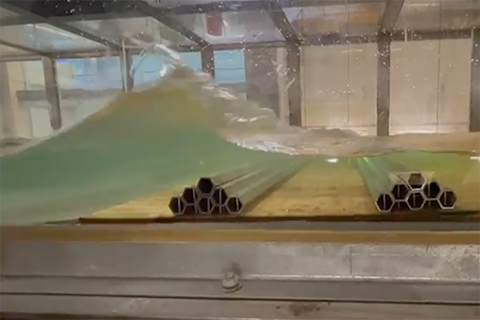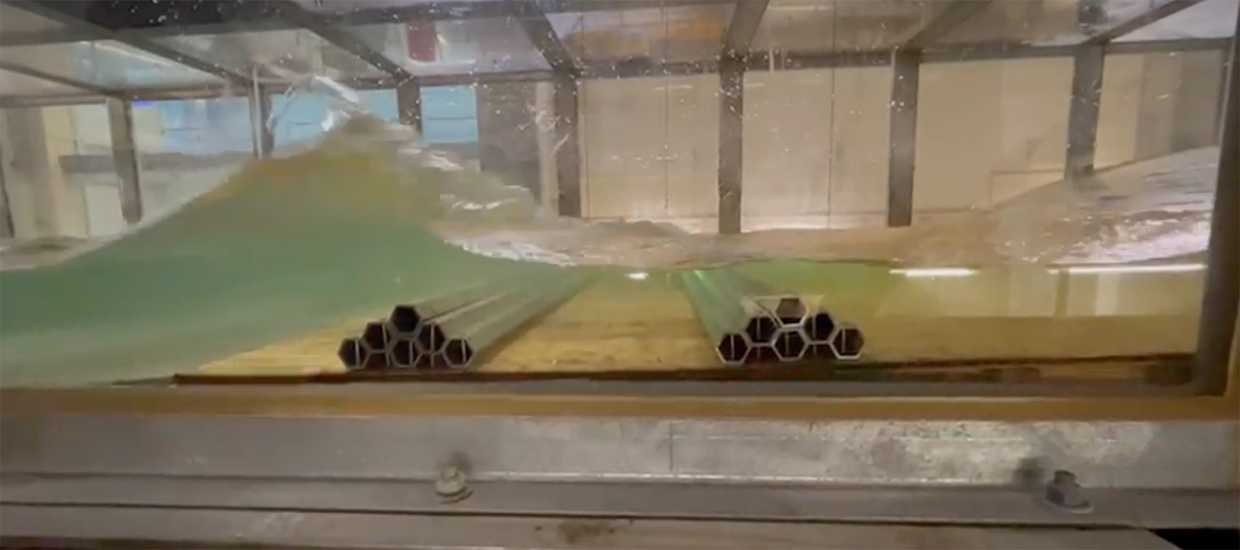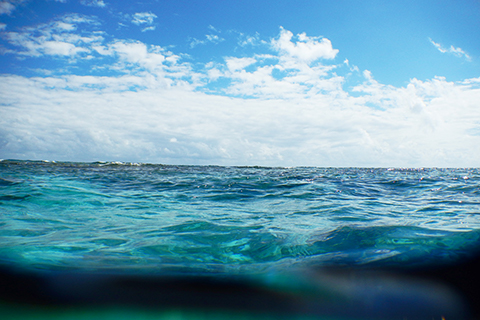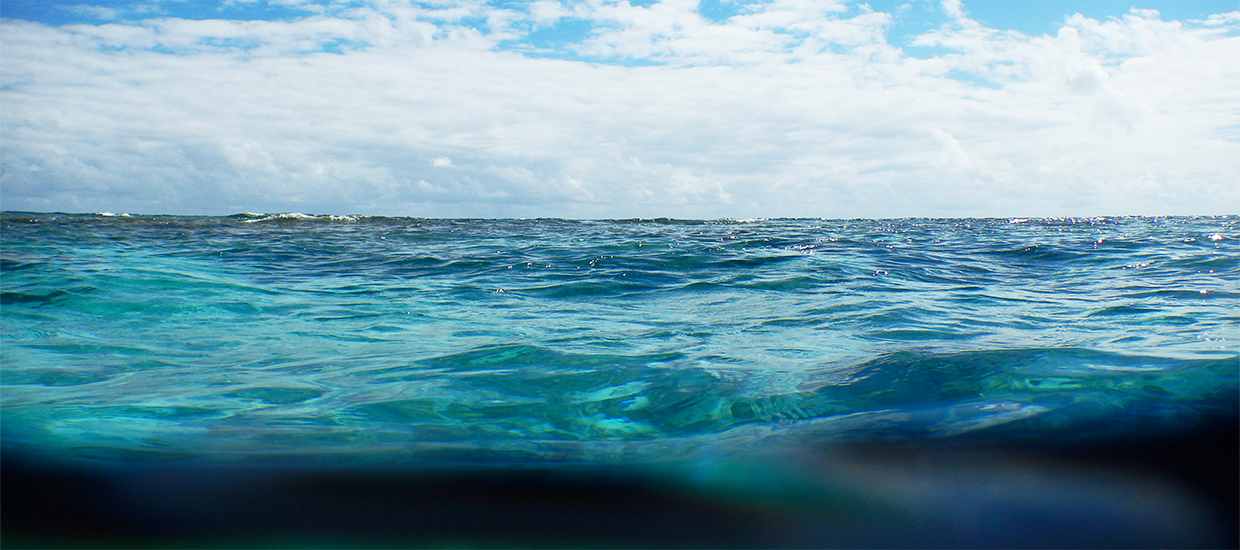Structural and engineering design
Develop, test, and deploy structures on a variety of scales to maximize wave attentuation and ecosystem services:
- Design a modular, engineered shoreline protection system (called a "SEAHIVE") made of interlocking concrete hexagonal prisms for the base structure
- Develop a strong, lightweight concrete lattice superstructure to add onto the SEAHIVE, optimized for wave energy dissipation and geometric complexity (to provide habitat)
- Use generative design processes to develop castable designs for meter-scale artificial branching coral "mimics" whose wave-breaking and structural properties exceed those of extant reef crest species
Leads: University of Miami (Brian Haus, Landolf Rhode-Barbarigos), Penn State University (Michael Yukish)
Materials and microstructural innovations
Develop novel, high-performance materials that are ecologically compatible - friendly to corals and their allies, while unfriendly to coral competitors:
- Reduce carbon footprint by using concrete with large amounts of recycled industrial by-products
- Explore the use of specialized concretes and coatings (e.g., polymers and hydrogels) as sources from which calcification enhancers can be slow-released to boost coral and crustose-coralline algae calcification
- Experiment with textural and porosity modifications to produce complex surface microstructures
- Design small-scale structures as add-on structural features with ecological functions to enhance recruitment potential of corals
- Design geometries that create small-scale, recirculating “eddies” to help gently trap larvae near the structure's surface to encourage settlement and/or retain planktonic prey items close to corals for feeding
Leads: University of Miami (Prannoy Suraneni, Vivek Prakash), SECORE International (Margaret Miller, Miles McGonigle, Aric Bickel)
Hydrodynamic modeling
Assess structure performance in the lab and field by employing a variety of modeling techniques:
- Use 2D wave tank physical models to provide data for wave attenuation through the structures to validate, calibrate, and compare different hydrodynamic models (i.e., XBeach, SWASH, and Boussinesq models)
- Integrate computational fluid dynamics with laboratory experiments using the OpenFOAM model to assess turbulence and flow at the sub-coral scale
- Apply downscaling and probabilistic techniques to define the different sea levels, wave heights, directions, and periods that can critically influence the reef, alignment, and wave attenuation performance
- Use model outputs to characterize the structure's effects on wave dissipation, surf zone currents, and associated sediment transport and erosion
Leads: UC Santa Cruz (Michael Beck, Borja Reguero), Penn State University (Michael Yukish)







